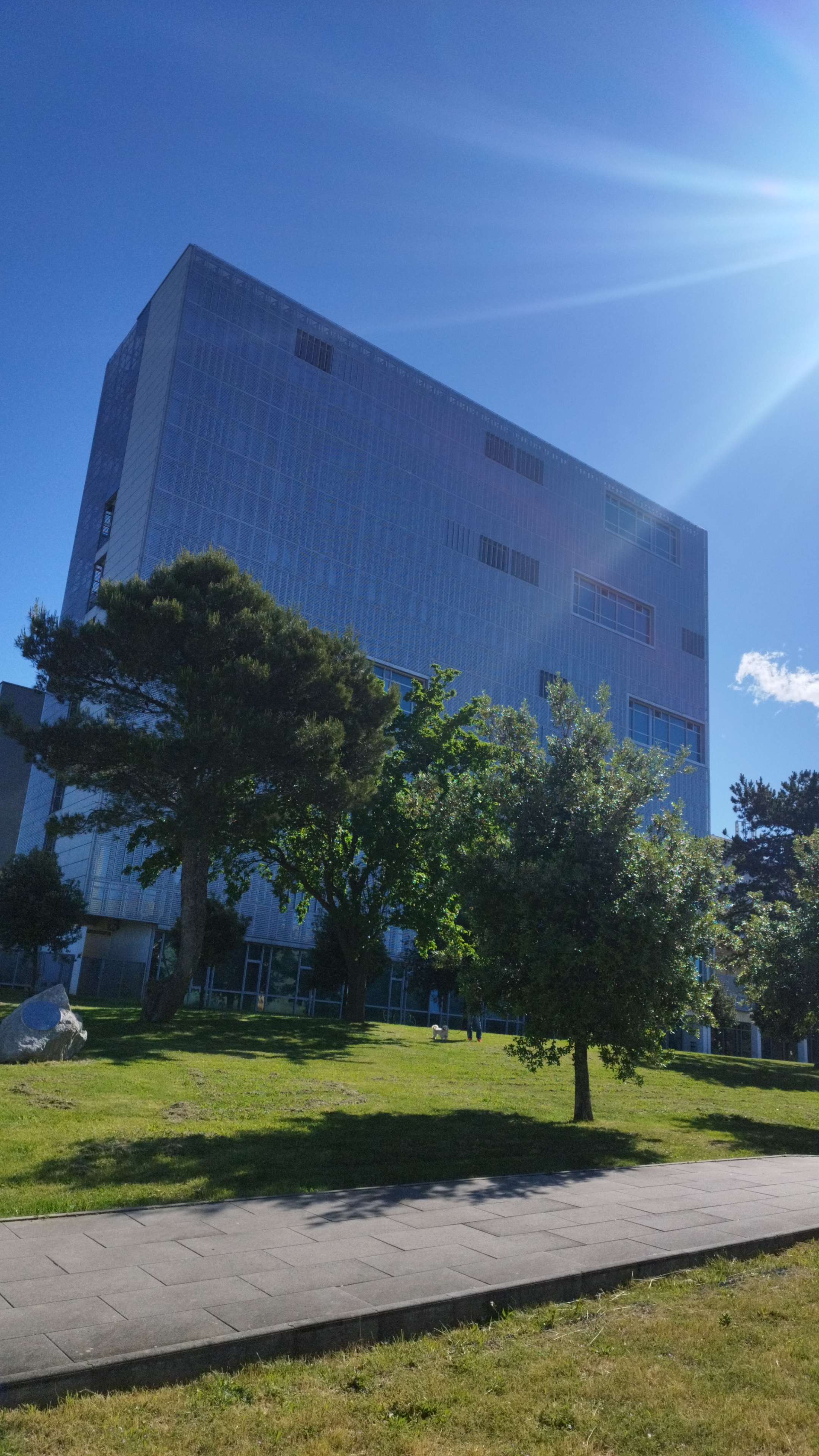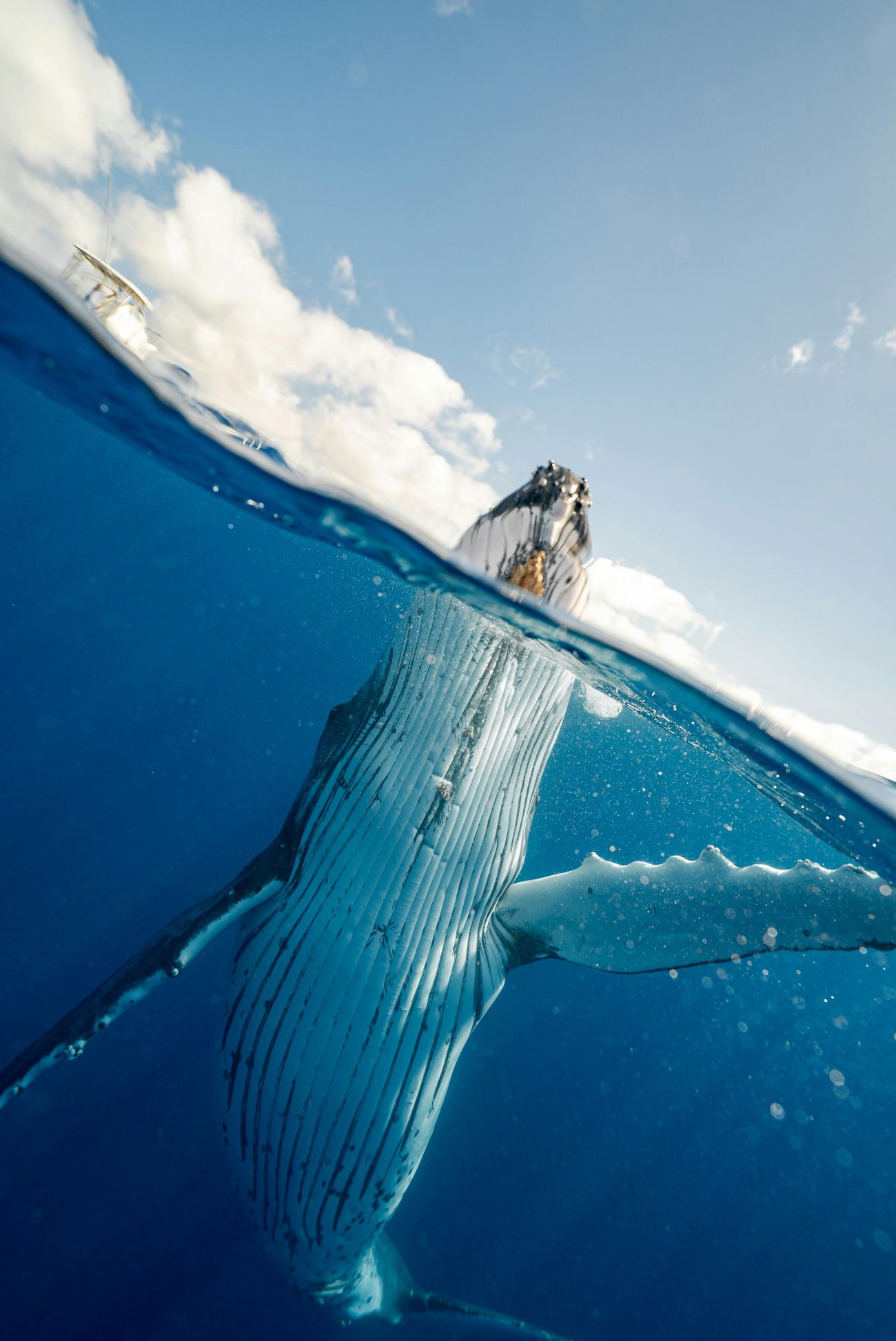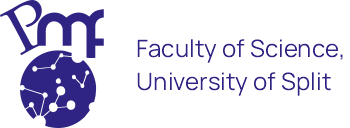Adaptation and Resilience to Climate Change Conference
Žarko Kovač and Shubha Sathyendranath gave talks at the The Faculy of Physics in Rijeka during the during the conference Adaptation and Resilience to Climate Change.

The ARCCHIVES 2025 conference, titled Adaptation and Resilience to Climate Change: Understanding Impacts and Vulnerabilities, took place on May 29 2025 in Rijeka, Croatia. Organized by the Department of Environmental Sciences, Faculty of Physics, in collaboration with the Faculty of Economics at the University of Rijeka, the hybrid event aimed to foster interdisciplinary dialogue among experts in climate science, environmental studies, social sciences, and public health. The conference featured oral and poster presentations, including thematic sessions that addressed climate impacts on water systems, land use changes, marine ecosystems, biodiversity, socio-economic dynamics, integrated approaches to resilience, sustainable adaptation strategies, and the science-policy interface. Two of our project team members, Diana Mance and Davor Mance, were the organisers! You can learn more about the conference here.
Two members of our project team gave talks:
Žarko Kovač
Application of economic concepts in biophysical oceanography
Mathematical models of marine primary production have been around for quite a while in oceanography. They are typically built on biophysical principles, capturing how light drives the rate of carbon uptake through photosynthesis. In this talk, a different angle is explored, and marine primary production is looked at through the lens of economic theory. This is possible due to the strong mathematical parallels between biophysical and economic models, which opens the door to some interesting reinterpretations. By applying economic thinking, we offer a bioeconomic take on classical primary production models and introduce a set of new indicators for primary production. These indicators help describe and quantify the response of primary production to stochastic forcing and explain under which conditions marine primary production is fragile, or antifragile. Finally, we reflect on the broader significance of this approach, pointing out examples in the literature where bridging ideas from economics and production modelling could lead to valuable insights on both sides.
Shubha Sathyendranath
Project TIME: Tipping Points and Abrupt Changes in Marine Ecosystems
Focused on resilience and abrupt shifts in marine ecosystems, this project uses European Space Agency satellite climate-quality data to analyse phytoplankton productivity subtropical gyre anomalies, food chain efficiency, and coral reef stability, among other factors. TIME will combine satellite-based indicators with in situ measurements and ecological models to better understand the resilience of marine systems. Central to the effort is the Ocean Colour Climate Change Initiative (OC-CCI) time series, which will serve as a primary satellite data source. The team plans to refine methods for monitoring ecological stability and for detecting signs of abrupt change, focusing on interactions within marine ecosystems and their response to external pressures like climate change. While threats to ocean health are well known, TIME seeks to address critical gaps in how satellite data are used to monitor long-term trends and system vulnerabilities.





